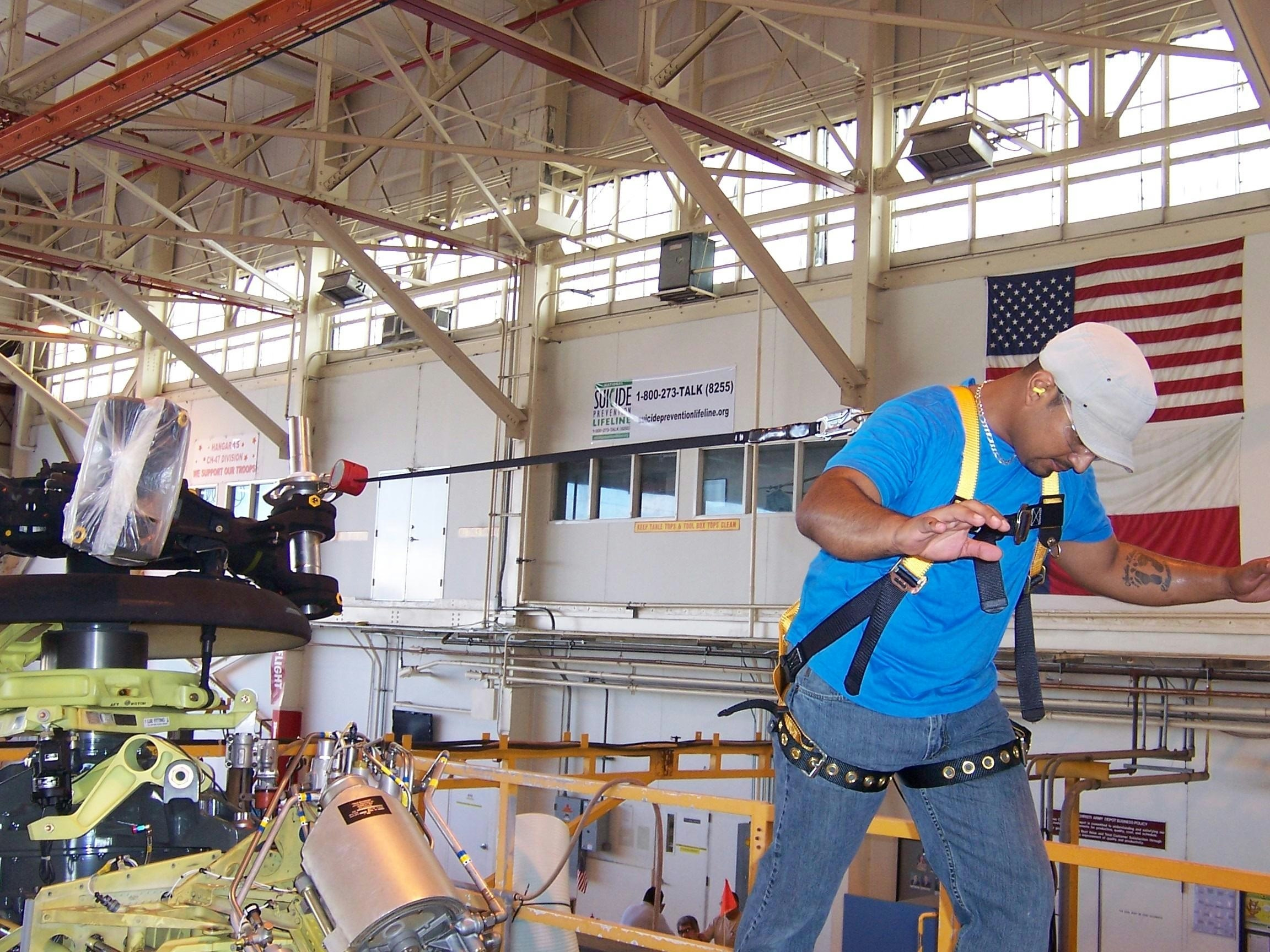
AeroGenie: il tuo copilota intelligente.
Tendenze
Categories
Chorus Aviation Sells Three Dash 8-400 Aircraft
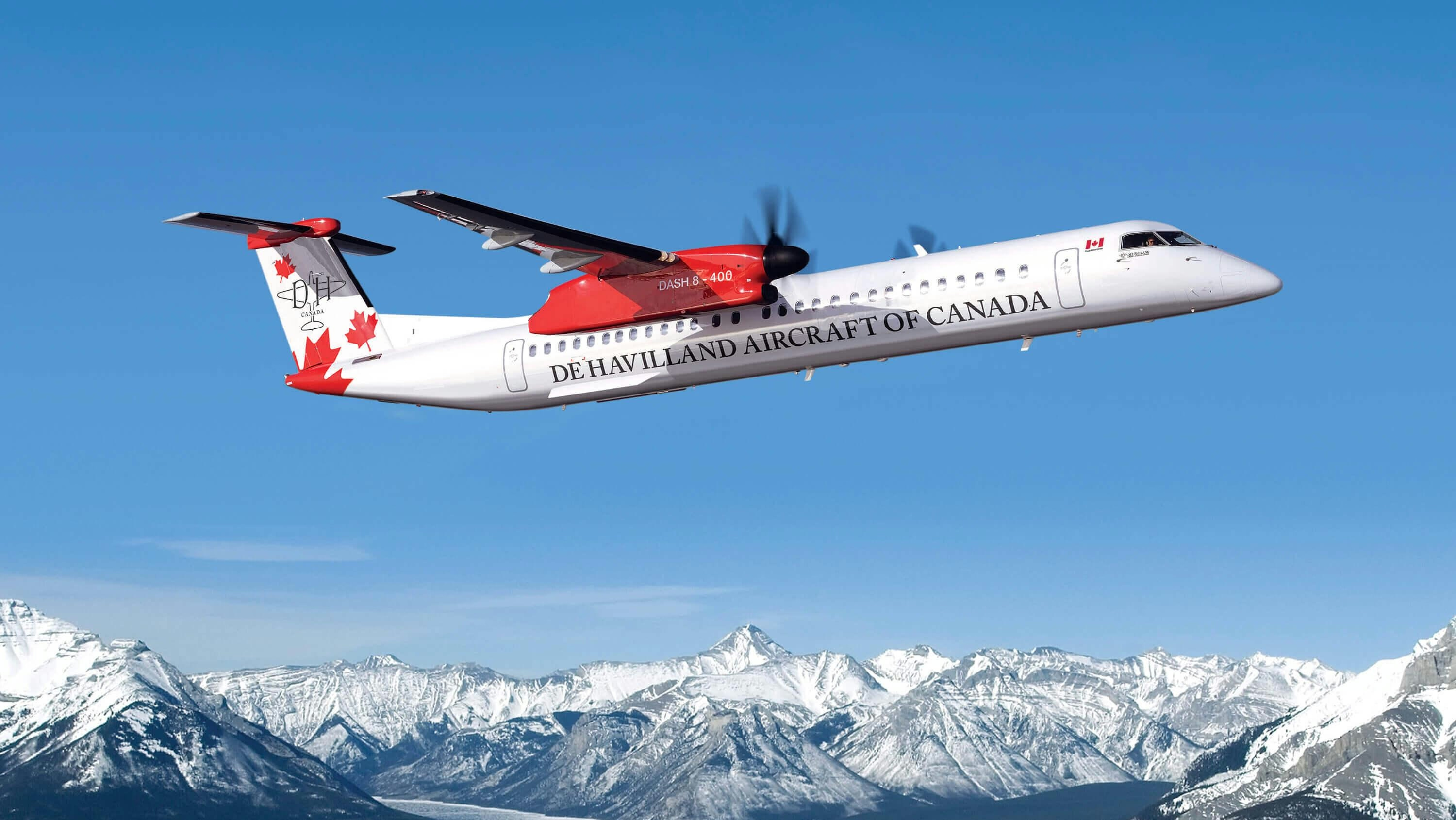
Chorus Aviation to Divest Three Dash 8-400 Aircraft
Chorus Aviation has announced its intention to sell three Dash 8-400 aircraft as part of a broader fleet optimization initiative. The Canadian aviation group confirmed that it has entered into an agreement to divest these regional turboprop planes, which have been integral to its Jazz Aviation operations. The transaction is expected to yield approximately US$20 million in net proceeds and is projected to close by the end of 2025, subject to customary closing conditions. This timeline coincides with the planned retirement of the aircraft under the capacity purchase agreement between Jazz Aviation and Air Canada.
The decision to sell the Dash 8-400s reflects Chorus’s strategic efforts to streamline its operations and respond to evolving market dynamics. While the aircraft have long served as a backbone for regional air service in Canada, the divestment signals a shift in the company’s long-term operational priorities. This move also aims to enhance financial flexibility and reinforce the company’s capital structure amid a challenging industry environment.
Strategic Challenges and Market Context
Despite the anticipated benefits, the sale introduces potential challenges for Chorus as it contends with market reactions and competitive pressures. The divestment may influence the company’s fleet management approach and financial outcomes, particularly given ongoing supply chain disruptions affecting the regional aviation sector. In contrast, industry players such as BOC Aviation are currently experiencing more stable aircraft deliveries, indicating a possible realignment in supply chain conditions that could impact lessors broadly. Furthermore, changing maintenance strategies within the industry—illustrated by carriers like Jambojet expanding their in-house maintenance, repair, and overhaul (MRO) capabilities—may alter competitive dynamics and affect Chorus’s fleet management decisions.
Acquisition of Elisen & Associates
Concurrently, Chorus has finalized its acquisition of Elisen & Associates Inc., a deal previously announced but with undisclosed financial terms. The company characterized the acquisition as a strategic effort to diversify its revenue streams and enhance shareholder value. This addition is expected to bolster Chorus’s service offerings and expand its portfolio, supporting the company’s dual objectives of operational efficiency and growth.
Chorus reaffirmed its commitment to disciplined financial management and sustainable long-term growth amid these developments. The combination of the Dash 8-400 sale and the Elisen acquisition underscores the company’s strategy to balance operational streamlining with the expansion of its service capabilities in an increasingly competitive regional aviation market.
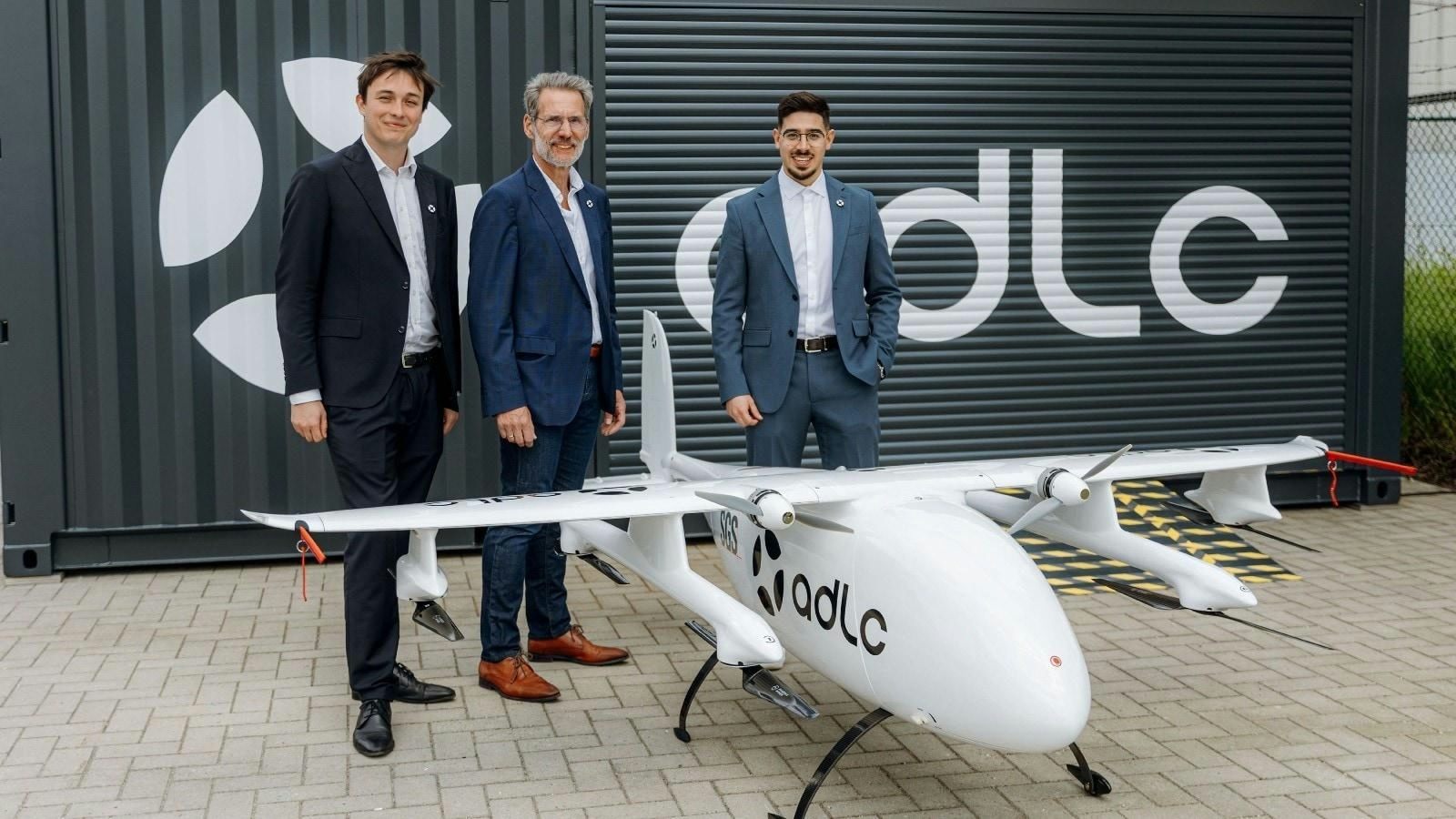
Türkiye's R&D Investment to Reach $15.5 Billion in 2024 Driven by Defense and Aviation
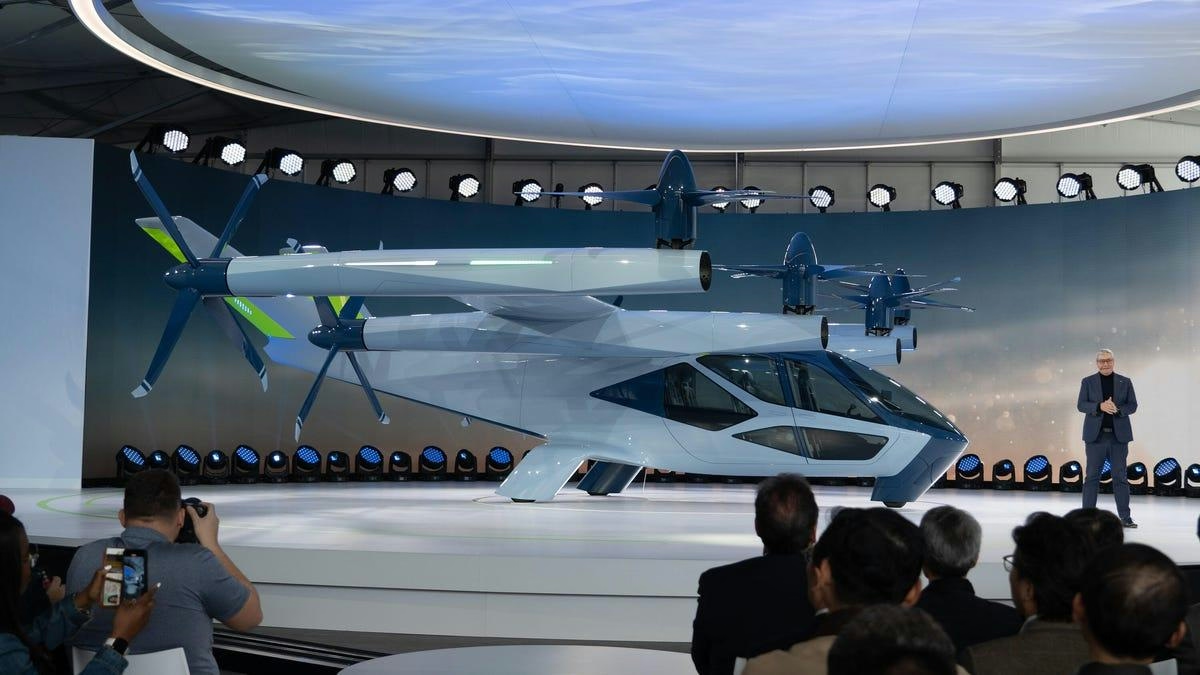
Florida Prepares Sites for Air Taxi Operations
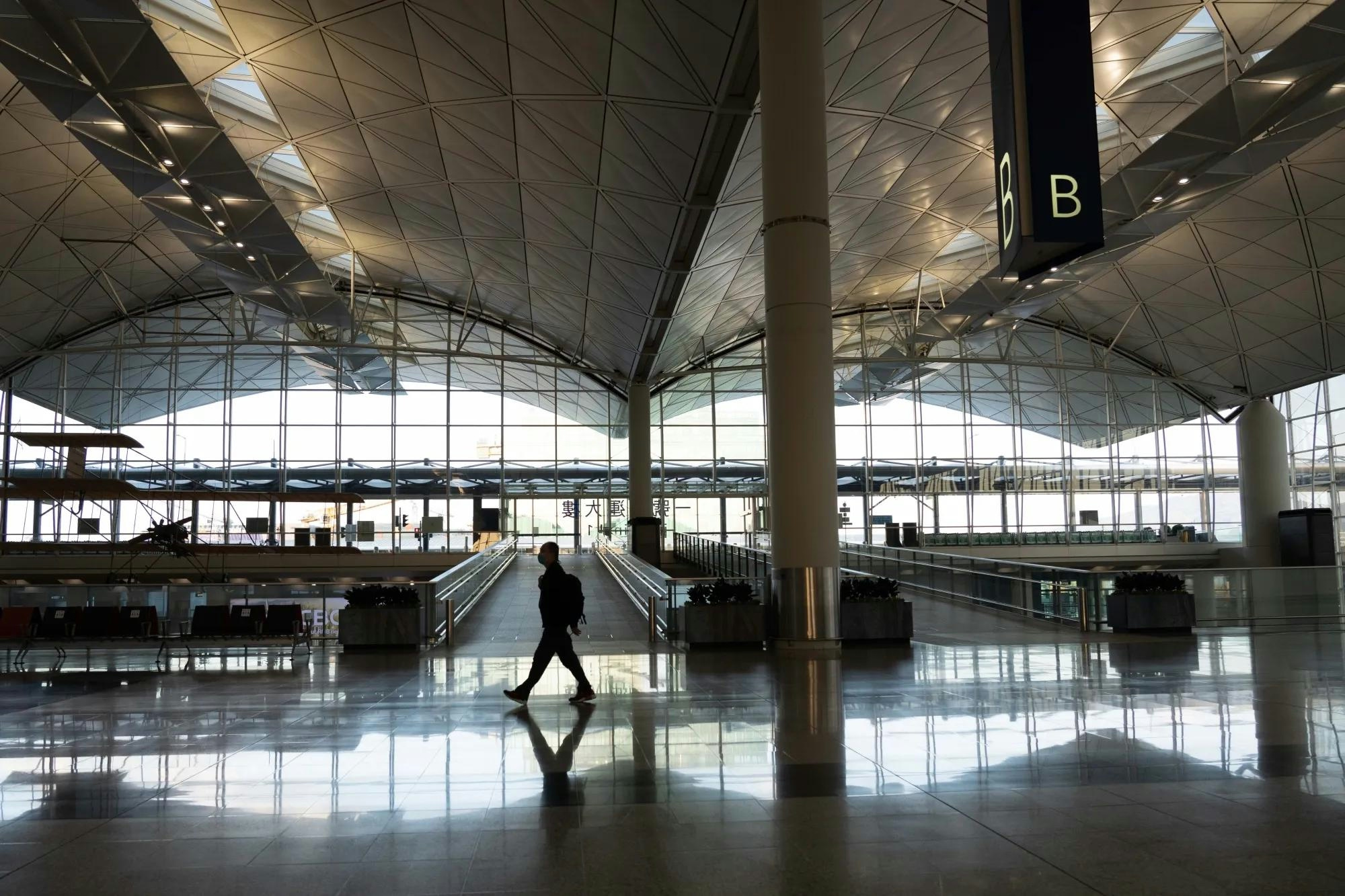
Hong Kong International Airport Presents Growth and Sustainability Plans at Routes World 2025
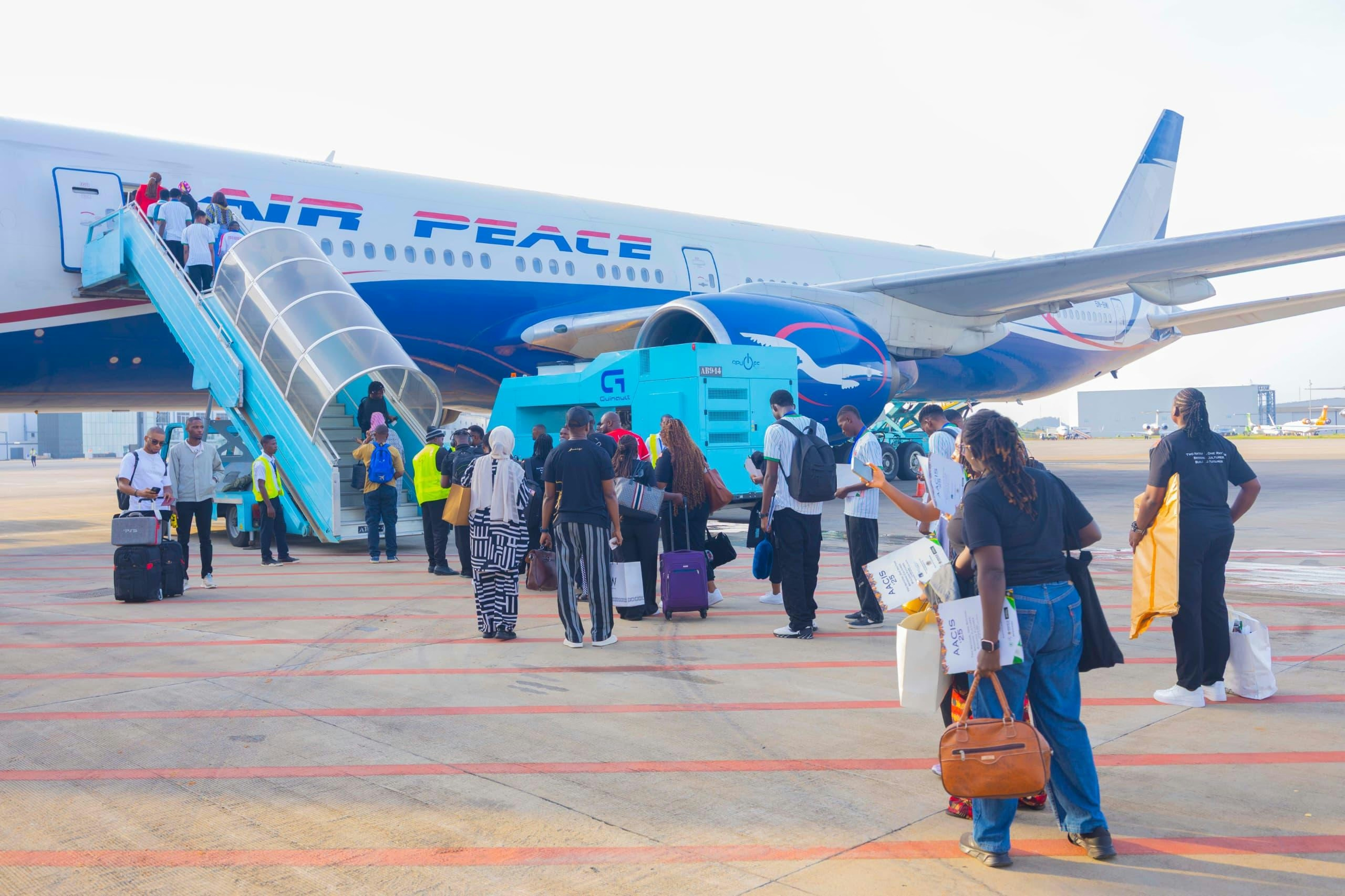
Nigeria’s Air Peace Expands Fleet to Enhance Domestic and International Travel
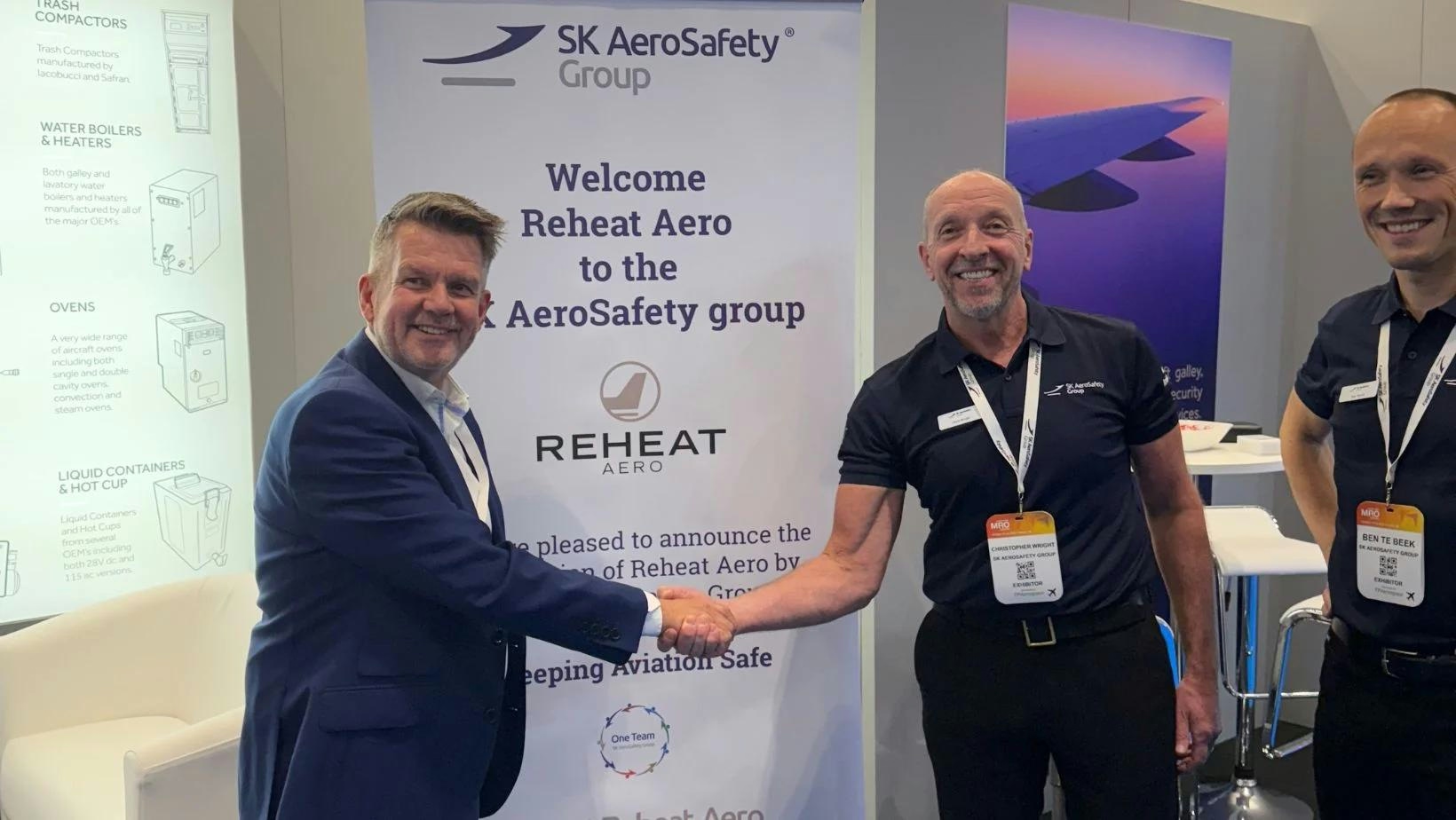
SK AeroSafety Group Acquires Reheat Aero Limited
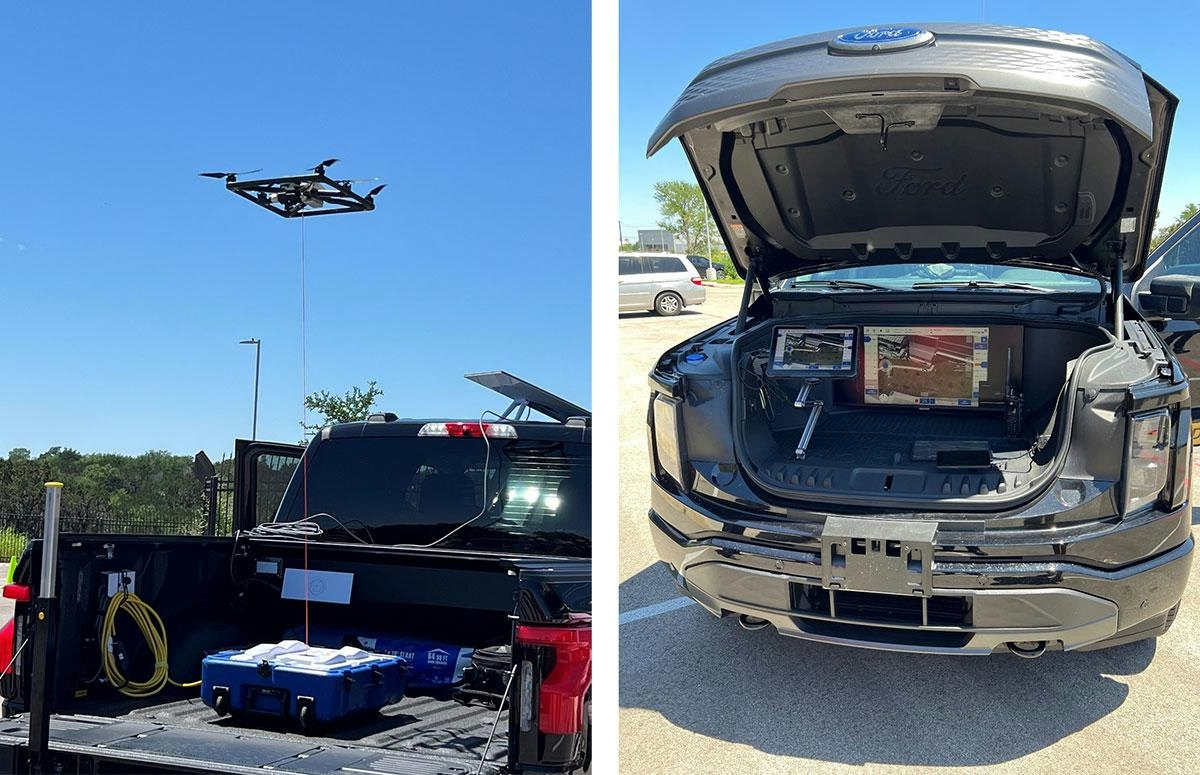
Establishing Standards for Drone Operations and Digital Tethering
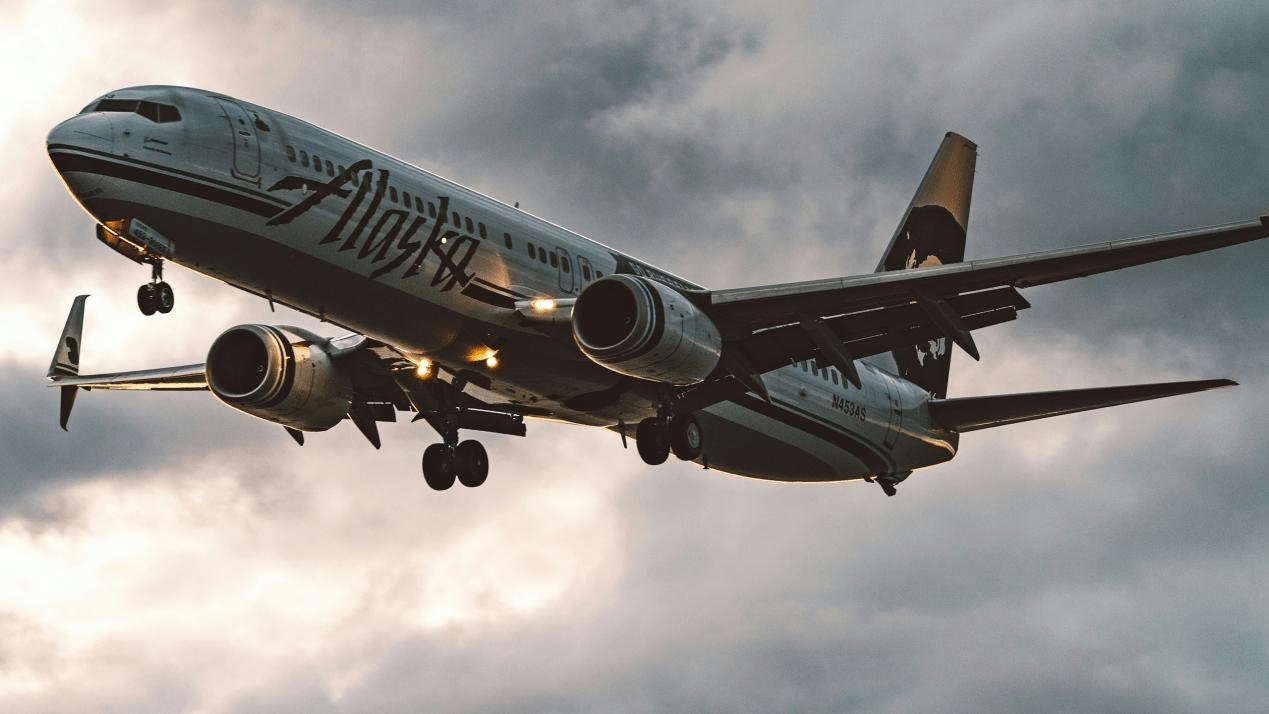
Examining the FAA’s Ongoing Challenges
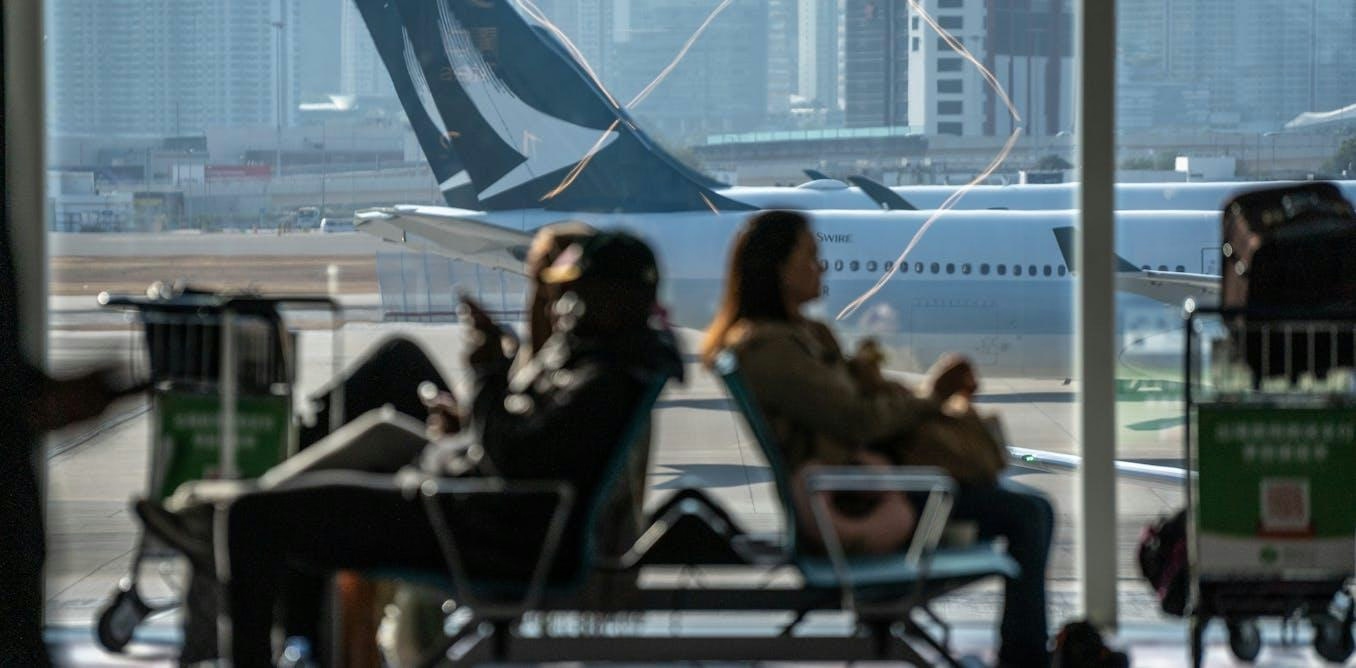
What the AI Industry Can Learn About Safety from Airlines
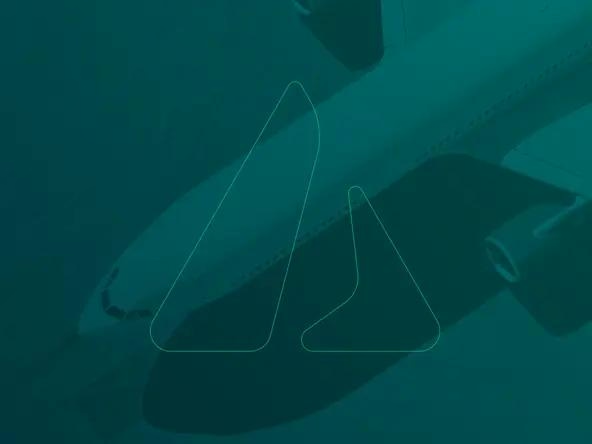
Acron Aviation Acquires Honeywell’s Thermal Switch Product Line
